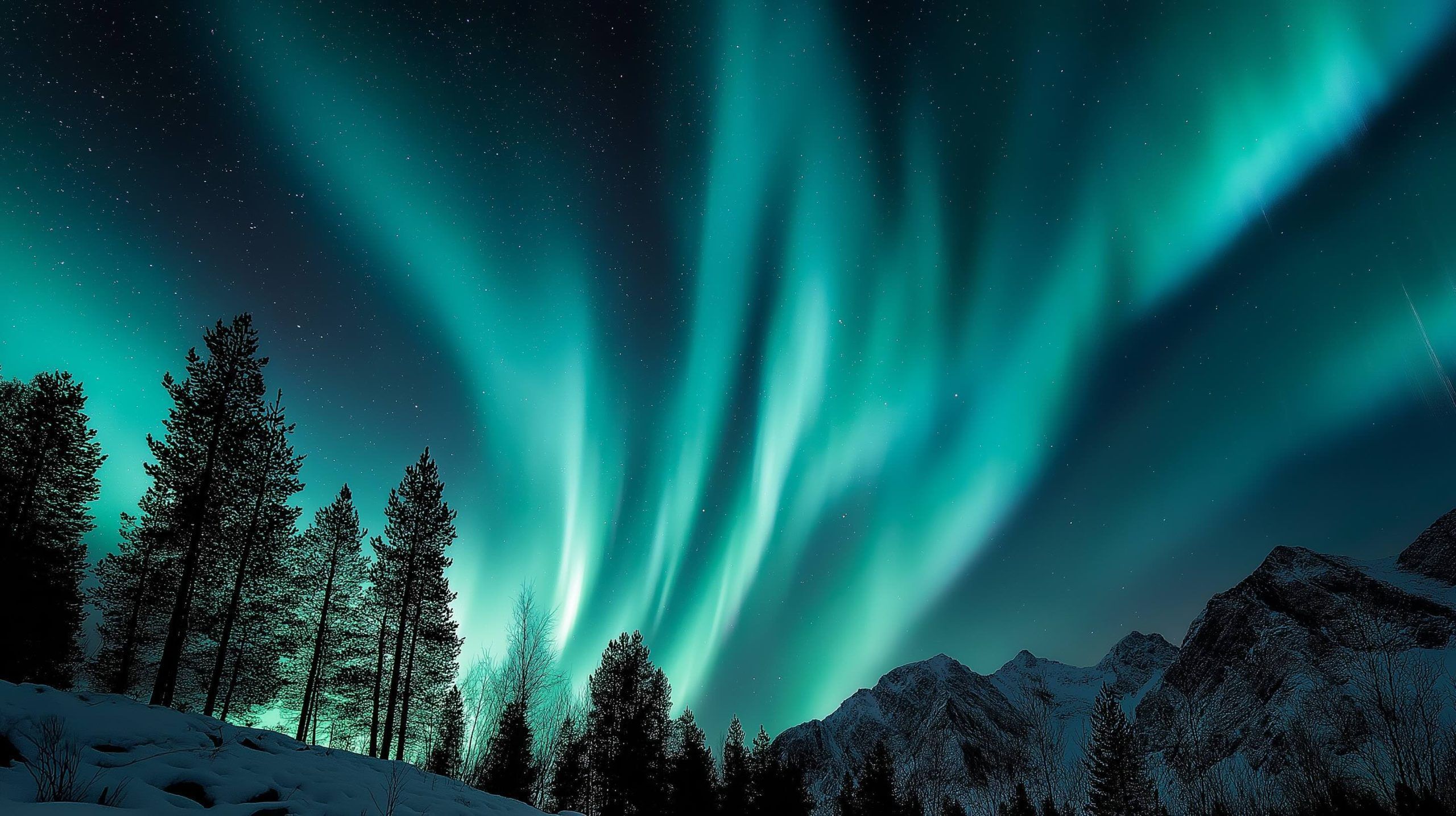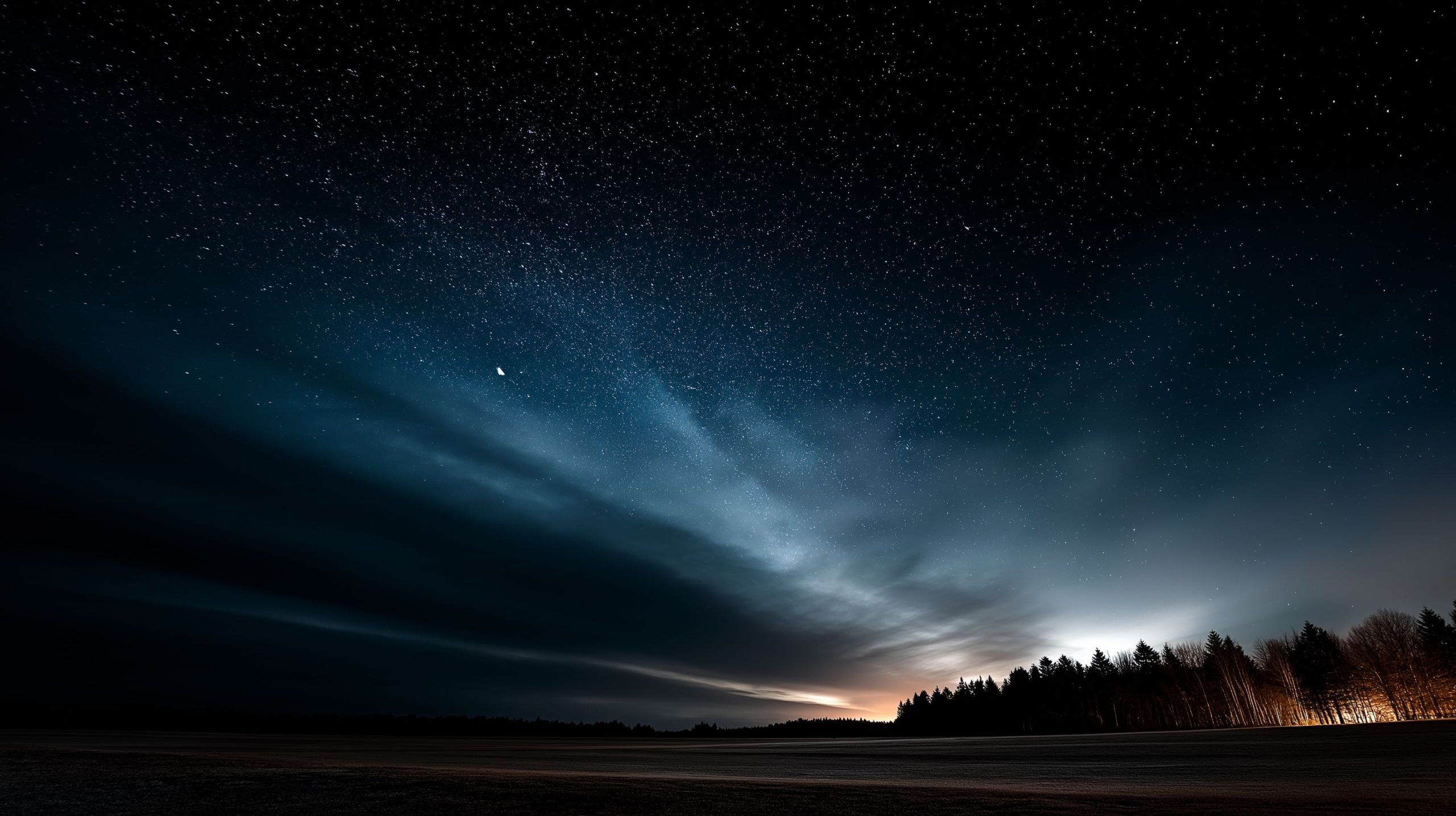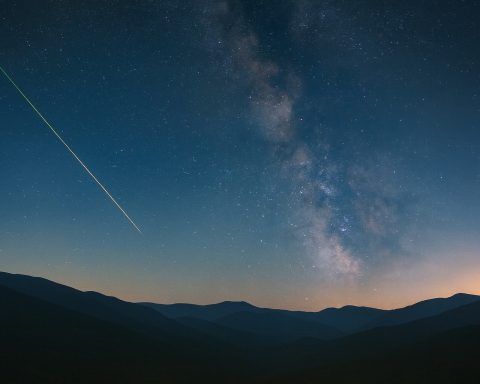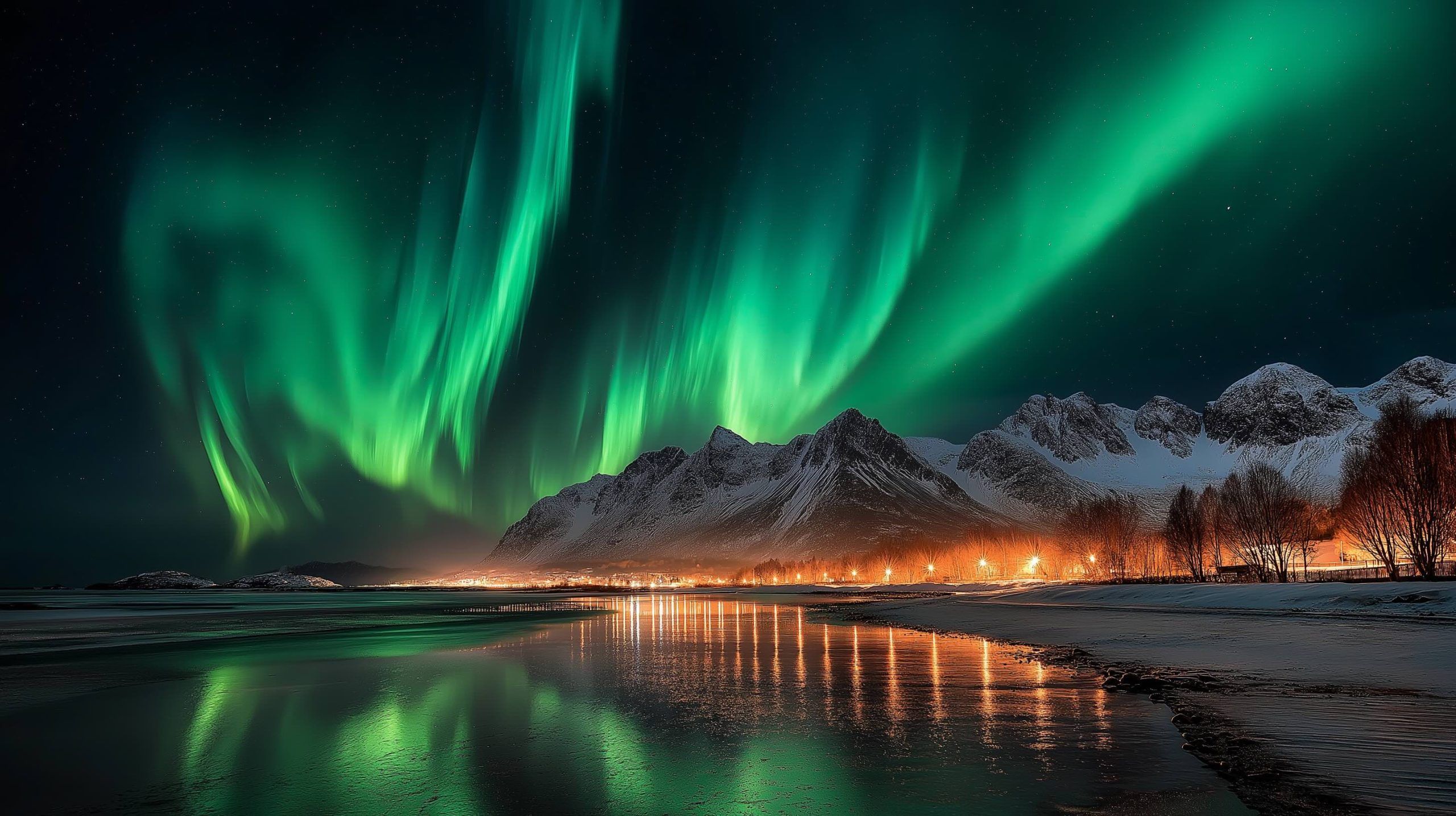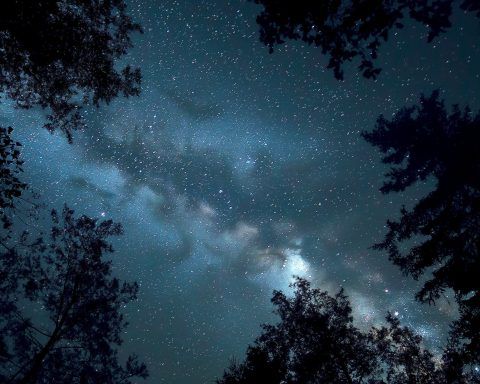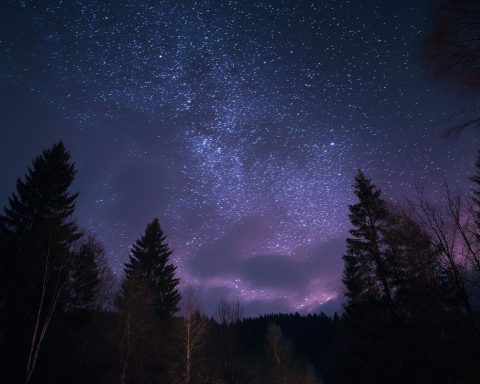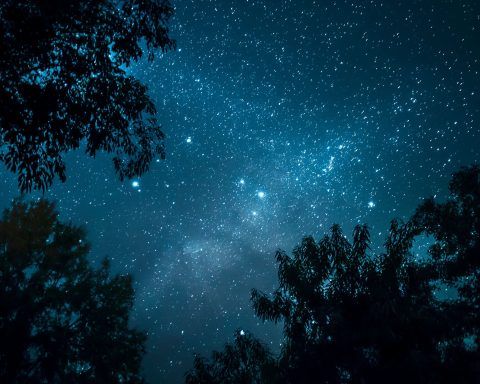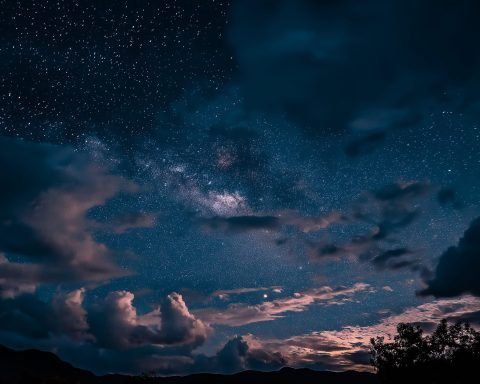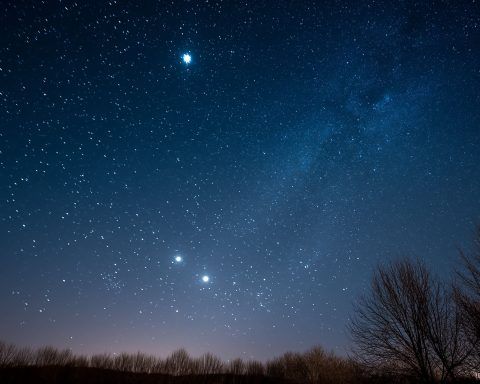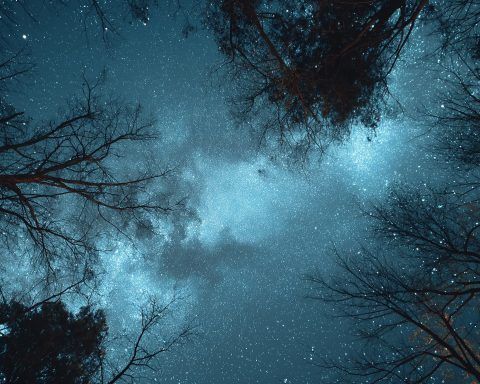
Severe G4 Solar Storm Lights Up Skies: Northern Lights Visible Across U.S., Southern Lights in Australia — Where to Watch Tonight (Nov. 12, 2025)
What’s happening The Sun’s recent burst of activity sent a train of CMEs toward Earth. Overnight, the storm escalated to G4 (severe) levels, which NOAA’s Space Weather Prediction Center (SWPC) confirmed at 01:20 UTC on Nov. 12 (8:20 p.m. EST,
